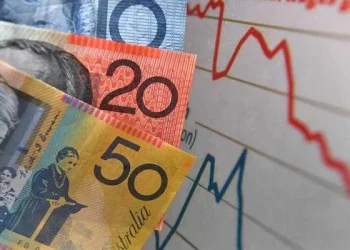In a significant move that aligns with the United States Federal Reserve’s latest monetary policy stance, the Central Bank of the UAE (CBUAE) has elected to keep interest rates unchanged. The CBUAE announced that it would maintain the Base Rate applicable to the Overnight Deposit Facility (ODF) at 4.40 percent. This decision came hot on the heels of the U.S. Federal Reserve’s proclamation to hold the interest rate on reserve balances (IORB) steady. As part of its broader monetary policy decision, the CBUAE also determined to keep the interest rate for borrowing short – term liquidity from the bank at 50 basis points above the base rate for all standing credit facilities.
The base rate, which is closely tied to the Fed’s IORB, serves as a crucial indicator of the overall monetary policy stance in the UAE. According to the central bank’s statement, it provides an effective floor for overnight money market interest rates within the country. This stability in interest rates is expected to have far – reaching implications for the UAE’s financial markets, influencing everything from lending practices to investment decisions.
The Federal Reserve’s decision, which was announced late on Wednesday, also shed light on the complex economic situation in the United States. The Fed chose to keep the benchmark overnight rate stable within the 4.25 – 4.50 percent range. However, it also sounded the alarm, stating that the risks of both higher inflation and unemployment had increased. This has cast a shadow over the economic outlook, particularly as policymakers grapple with the impact of President Donald Trump’s tariffs. Fed Chair Jerome Powell, during a post – decision press conference, expressed uncertainty about the future trajectory of the U.S. economy. He noted that it remains unclear whether the economy will continue its steady growth path or falter amidst the current climate of uncertainty and potential inflation spikes.
Despite a recent reported decline in the U.S. gross domestic product during the first quarter, the Fed’s interest rate statement and Powell’s remarks highlighted the underlying resilience of the American economy. Reports of significant job gains were cited as evidence of this strength. Powell explained that the GDP decline was largely due to a record surge in imports as businesses and households attempted to avoid expected import taxes. He emphasized that measures of domestic demand were still showing signs of growth. Looking ahead, the Fed’s future monetary policy decisions will hinge on developments in the job market and inflation risks. A weakening job market could prompt the central bank to consider rate cuts, while rising inflation would likely lead to a continued tight monetary policy stance. This delicate balancing act by the Fed will not only impact the U.S. economy but also have ripple effects across global financial markets, including those in the UAE where the CBUAE’s interest rate decision has now set the stage for the country’s economic landscape in the near future.
Related topics



















